The Toyota 86/Subaru BRZ was probably the most exciting car that nobody could agree on. Those who worship at the altar of driving purity saw it as the Second Coming. Those who chant horsepower and performance numbers shunned it as a charlatan for its “gutless” engine.
It wasn’t just the enthusiasts that couldn’t agree on Japanese sports car twins. Rumours of the model’s future were equally as contentious. Some said it would be cancelled altogether, others said that it won’t and it could come with a turbocharged engine.
Bigger heart, same ethos
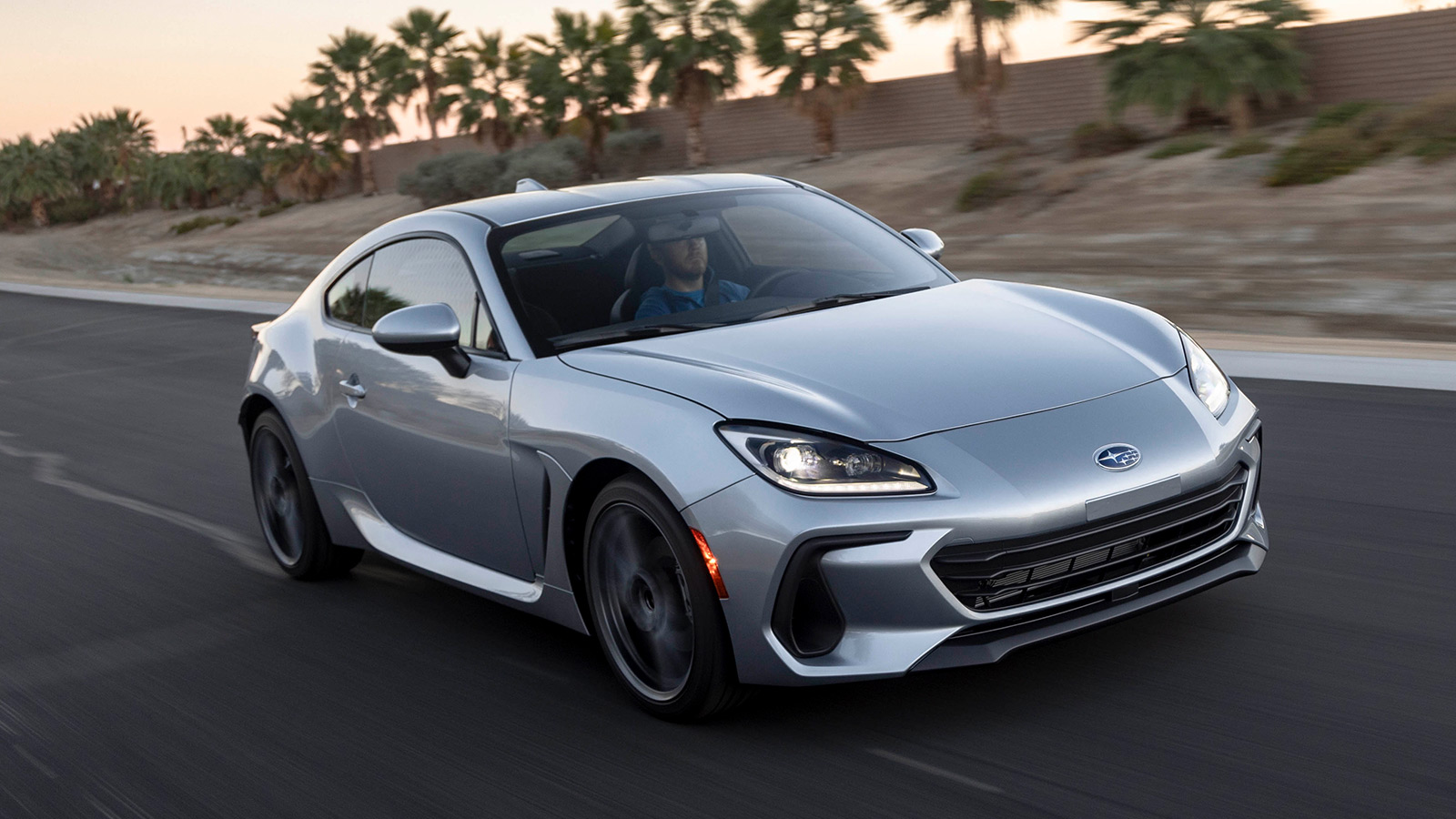
Thankfully neither is true as Subaru unveiled the second-generation Subaru BRZ, and it looks promising enough to please both the faithful and the doubters. And not just in terms of aesthetics.
Not that there is anything wrong with the new BRZ’s looks. Sure, the more keen-eyed observer would see a hint of the Jaguar F-Type in the BRZ’s headlights and front flanks. Not to mention there’s a resemblance to the Nissan 370Z in its profile. And a dash of the Honda Accord Coupe in its rear lights. But it looks cohesive as a whole and distinctive enough to get a pass.
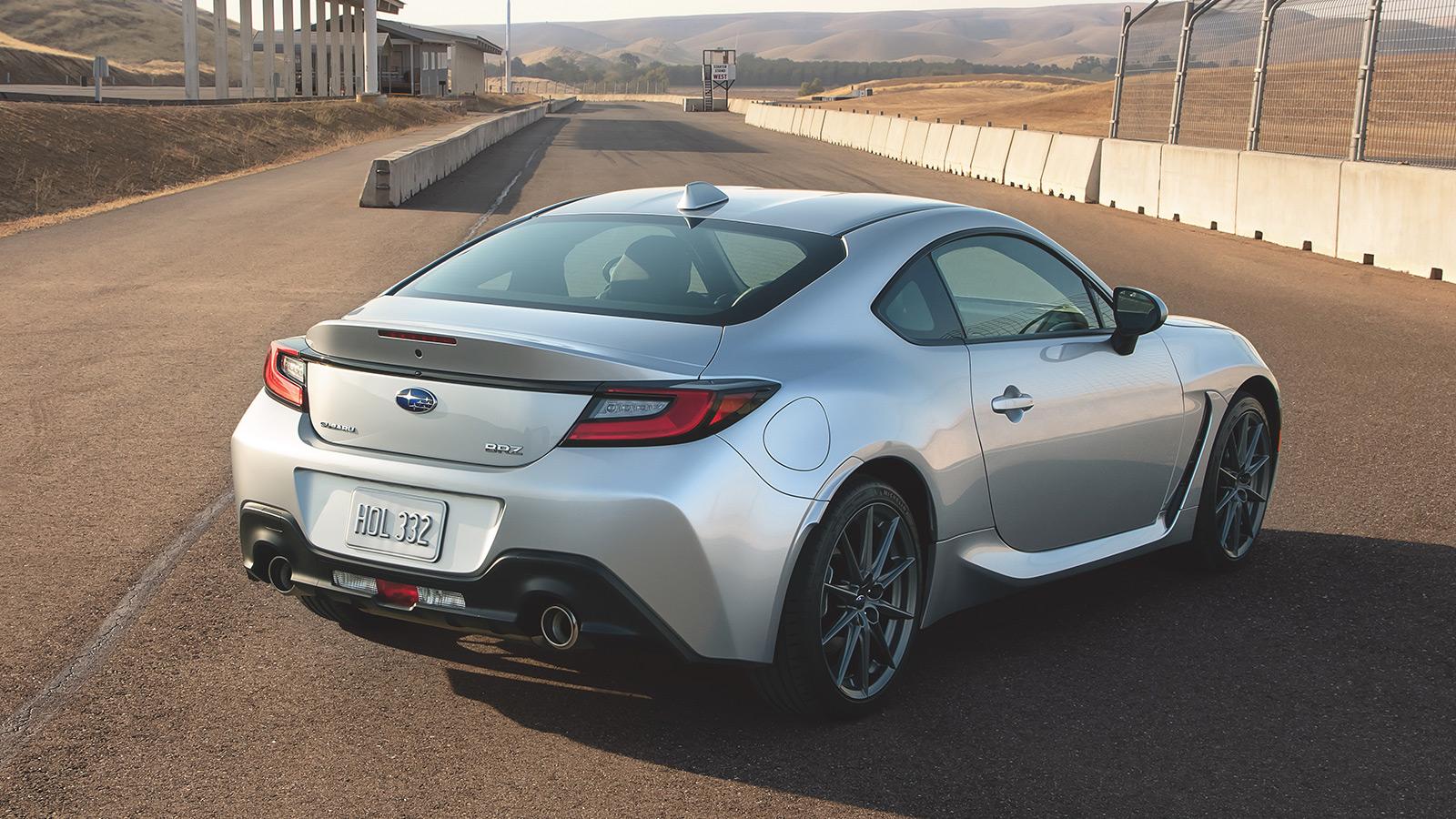
Cracking out the rulers too won’t reveal much difference. According to Subaru, the BRZ has grown marginally by 25mm in length and 5mm in wheelbase. It did pile on some mass in the process, around 50kg depending on trim levels. However, with the new BRZ sporting a 60 per cent increase in “front lateral bending rigidity” and a 50 per cent gain in torsional stiffness, many won’t mind the weight gain at all.
With the technical details aside, we must now address the Toyota86/Subaru BRZ’s main point of contention, its powerplant.
Turbos are the question…
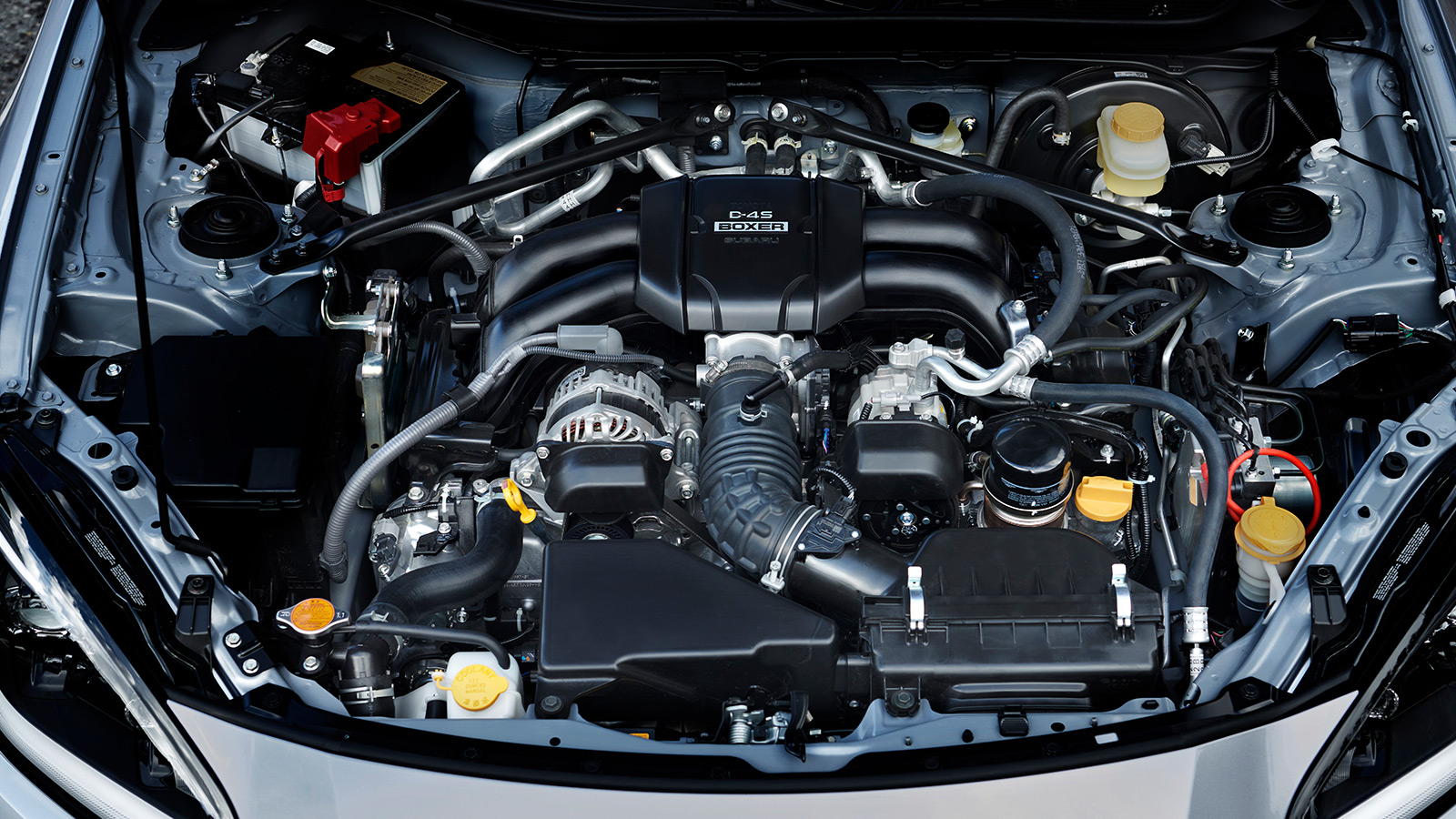
For adherents of the joys of naturally-aspirated engines there is good news, Subaru kept the turbochargers away. The Japanese automaker has decided that its new 2.4-litre flat-four is good enough to power the new BRZ without a spool-up.
Thanks to the displacement bump over the predecessor’s 2-litre naturally-aspirated flat-four, power goes from 152kW/212Nm to 170kW/249Nm. Crucially, peak torque comes in at 2700rpm lower in the rev range.
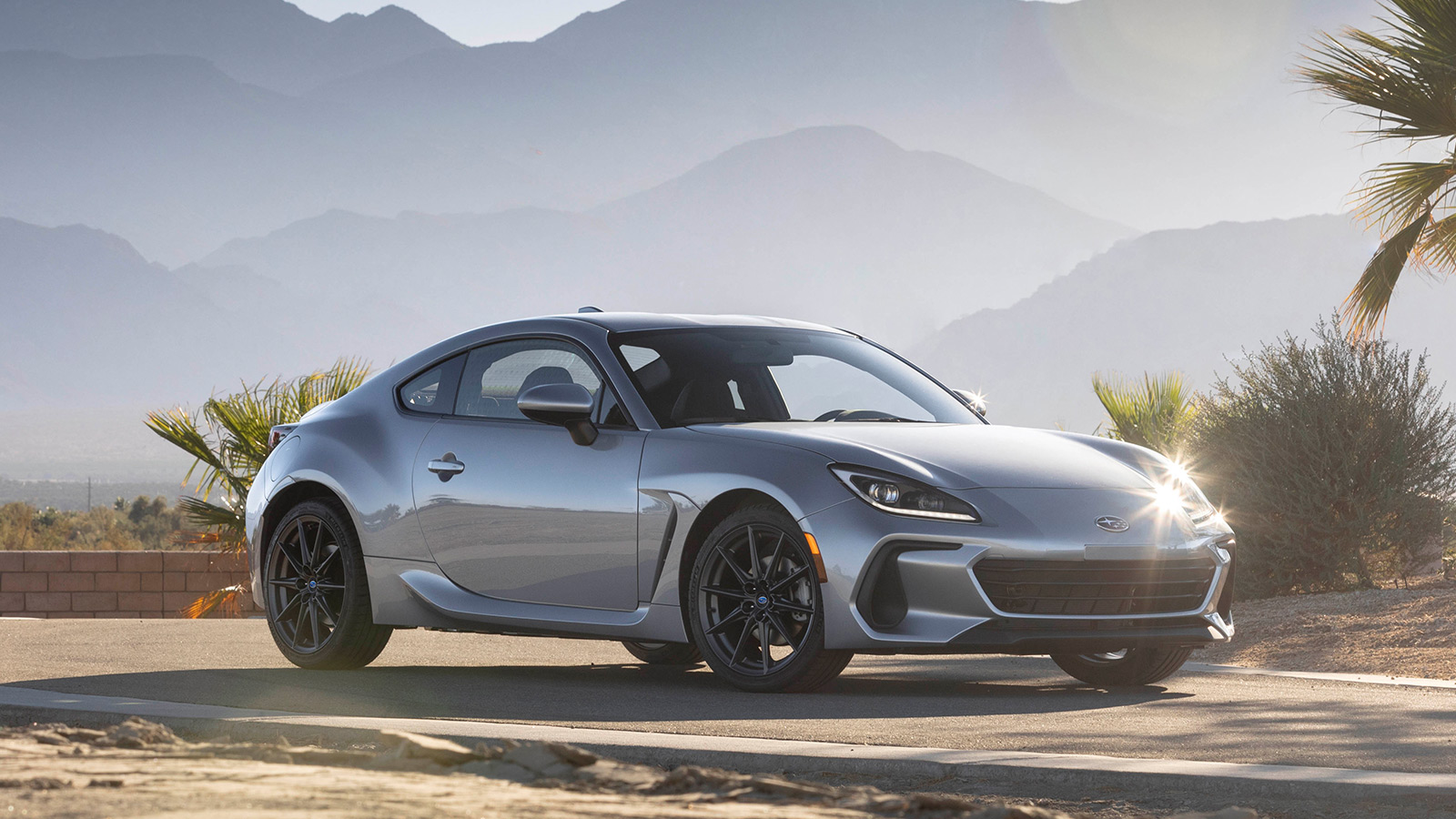
Subaru claims that these figures are “preliminary data” for the North American market, though it is likely that the extra grunt from the bigger engine would be able to address the criticisms of its power output.
Ever since the first iteration of the Toyota 86/Subaru BRZ, enthusiasts have been crying out for a more powerful engine. With the rise of modern turbocharged engines and Subaru’s history with turbocharged rally weapons, the BRZ’s decision to use a naturally-aspirated unit frustrated fans.
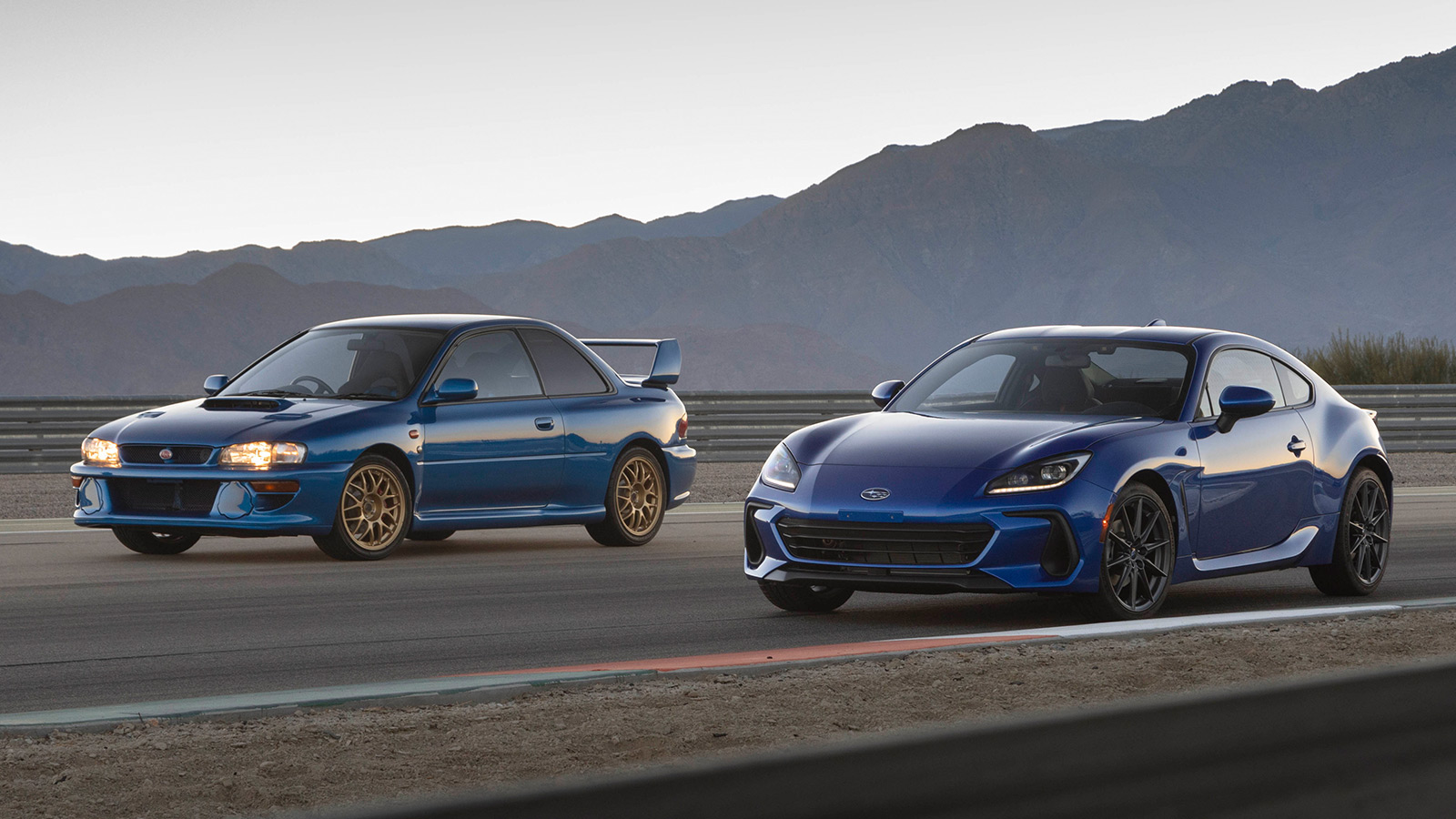
Critics blamed Toyota’s insistence that its 86’s counterpart had to be a spiritual successor to the original Toyota Corolla AE86. The 1980s classic had a high-revving naturally-aspirated engine, and so it is only appropriate that an inheritor of its mantle adopt the same.
…and the answer is “No”

Ethos aside, from a product positioning perspective, keeping Subaru’s 2-litre flat-four turbocharged would have wreaked havoc. Not only would the turbocharging plumbing make the car heavier and tipped the weight balance forward, but the extra power would also demand the use of high-performance tyres and bigger brakes.
This would have sent costs through the roof, overshooting Toyota’s goal of making it an “affordable sports car”. Besides, Toyota wanted the 86 to be open for aftermarket modifications, and the final product delivers on that promise. Even if the engine was a little weedy.
Method not results
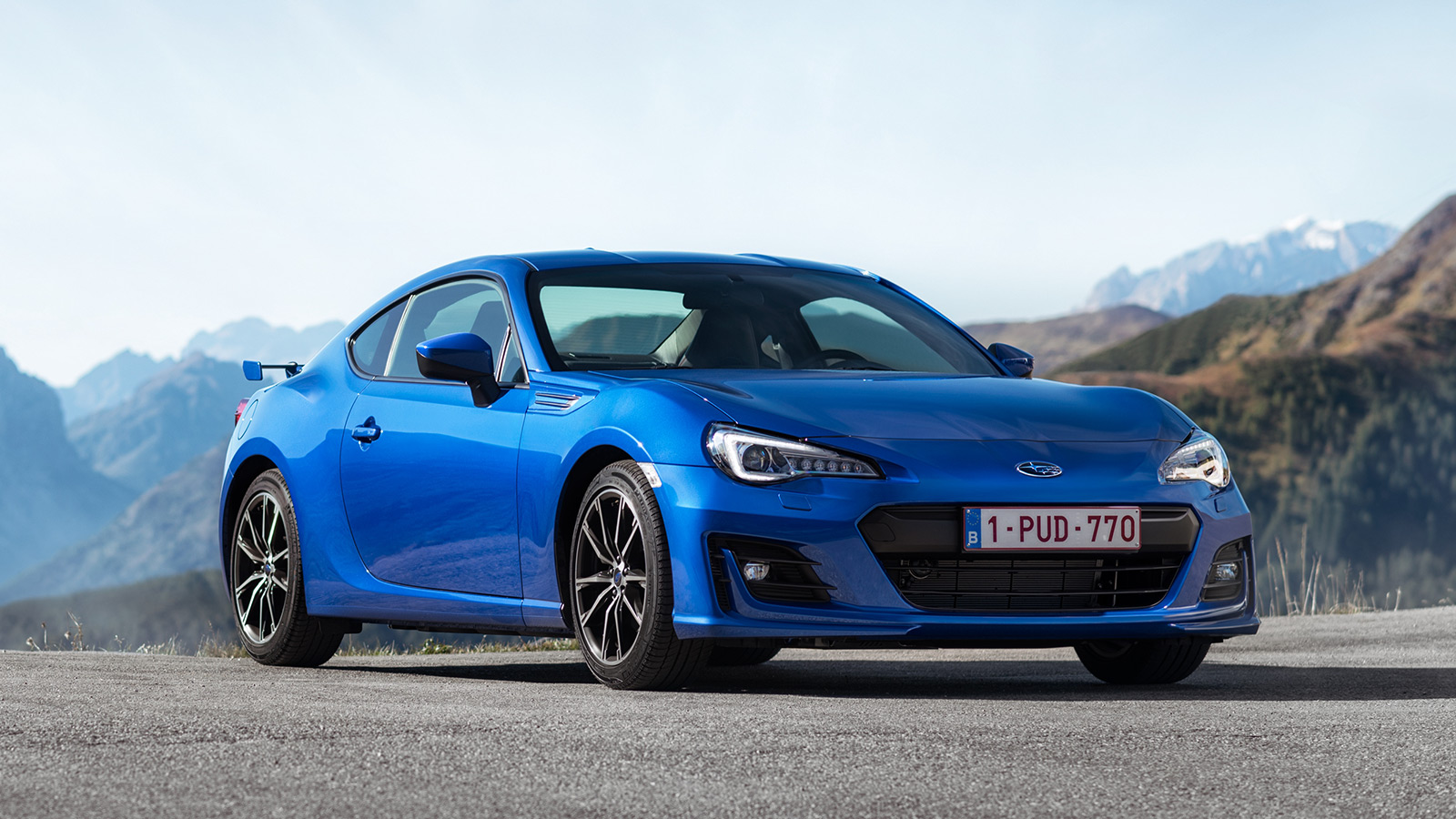
However, that isn’t to say that the naturally-aspirated 2-litre flat-four was flawless. Far from it. Some criticisms of the Toyota 86/Subaru BRZ’s power were valid. Not in terms of its total output, but in the way it delivered its power.
For some strange reason, the Subaru 2-litre flat-four in naturally-aspirated form had a mysterious torque dip between 3000 – 5000rpm. Many believe that the torque interruption was due to the catalytic converters in the exhaust extractors.
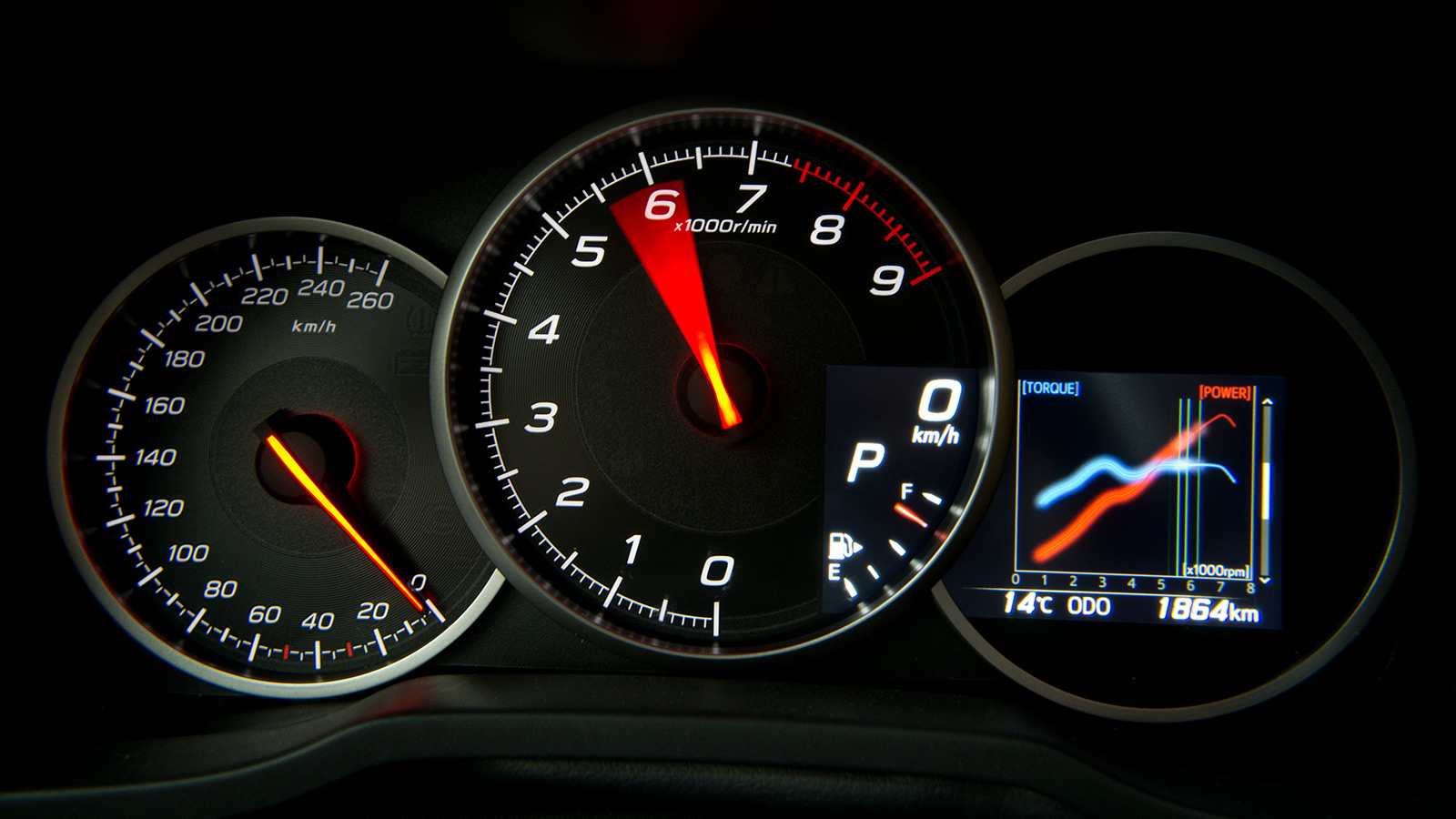
This hiccup in torque became a lynchpin for why many found the 86/BRZ’s engine to be underwhelming. From a power figure perspective, the Subaru flat-four delivered similar levels of power as contemporary hot hatches.
However, with drivers having to work to extract all the torques, the engine gave a limp-wristed impression. This was an Achilles’ heel in an age where turbocharged hot hatches like the Volkswagen Golf GTI had spoilt a generation of drivers with its sumptuous mid-range punch.

Sure, the Subaru BRZ did feel more rewarding than a Golf GTI the harder you drove it. But today’s customers equate “fun and exhilaration” with crushing speed and power on tap, not effort.
It is pretty damning that you could always find yourself in the meat of the powerband at any time in a hot hatch. Whereas a mistimed shift in a BRZ would leave you languishing in a drought of torque. And the BRZ’s flat-four wasn’t eager to get you out of that hole of its own making.
A fixed heart
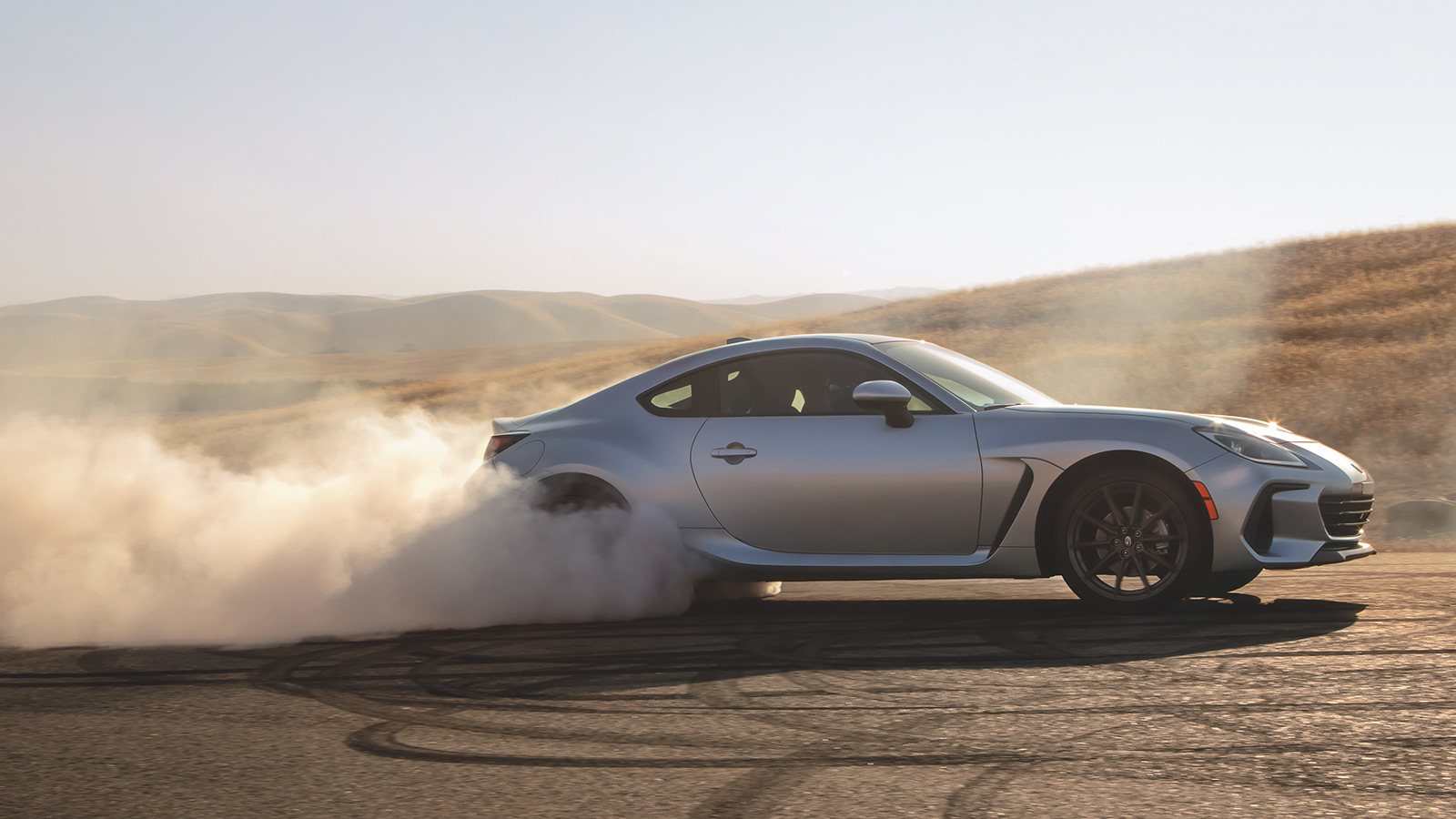
Would Subaru’s new 2.4-litre naturally-aspirated flat-four resolve that issue? I won’t know for sure until examples hit the showrooms. Subaru even coyly left out any images of a “power graph” display in the successor’s instrument cluster.
Subaru’s claim that peak torque hits sooner is an encouraging sign that the second-generation Subaru BRZ is on the right track. It has maintained the ethos on simplicity, rear-wheel drive, and coupled to the immediate response of naturally-aspirated engines. Now we only need to drive it to know for sure if they have fixed its shortcomings and is able in uniting both adherents and detractors.

